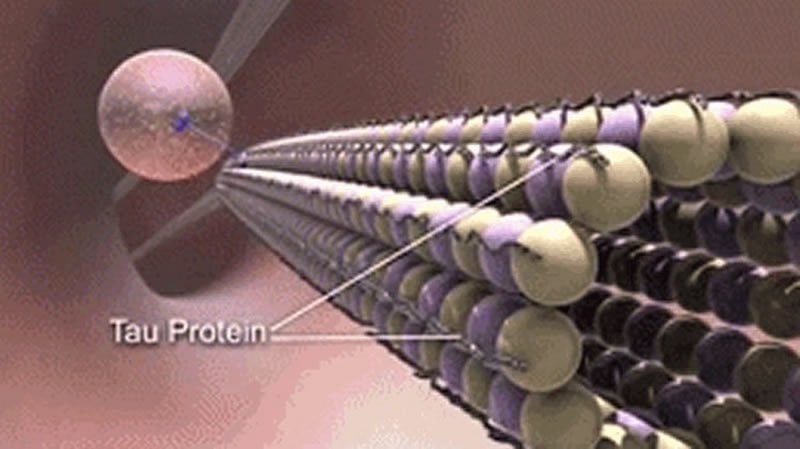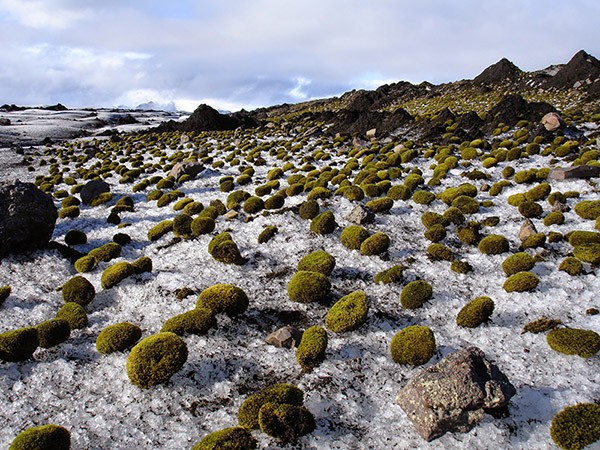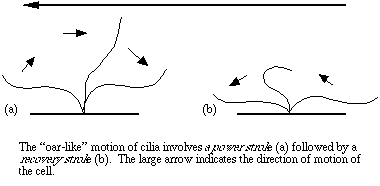Write4U
Valued Senior Member
Yes indeed, as moderator you should know that if you want to address me personally, you can send me an IM.You mean everyone else's post trying to tell you to stay on topic?
There's a certain irony there.
To voice your public objections to a thread with 1200+ posts and and 17000+ public views is disruptive and destructive of any positive influence this thread has offered to an obviously interested public.
No, not yawn. Contribute or you shut up, OK?[/quote] YOU WON'T LET ME!*Yawn*
Ohhh, nooooo, your posts are fresh and delightfully interesting?This old thing again? Really, this is a running theme with you. When people challenge you, you accuse them of being like Trump, rinse and repeat.
That's what Trump thinks of himself too. "Very few people know about these tidbits of common knowledge.
Follow your own advice.I'll be blunt. Shut up. Stay on topic.
This is off topic even as you have conveniently cloaked it as a response to my post on microtubules. So please stay on topic, so that I don't need to address two unrelated posts.Stop trying to change the subject.
I answered your post with the observation that paramecium does not have a brain and therefore no long term memory. The study has no informative value at all, other than the short term cellular memory, which I have posted on in detail elsewhere in this thread.For example, I link you a study about paramecium's and how disrupting microtubules had no affect on their ability to retain or process information and you respond by basically giving me a biology lesson about paramecium's instead of addressing the subject of the role of microbutules in retaining information or even being able to process information [and how disruption had no effect whatsoever in paramecium's] - which is essential for the very notion of consciousness...
Moreover I posted abundant information on studies of the role microtubules play in long term memory.
Now you come along and show me a quote of a paper which makes a claim, just as my links to some 100 papers make claims to the contrary. Your links are no more authoritative than my links and if you think they are, it is you who is prejudiced and myopic. What makes you think your sources are "better" than my sources?
The problem is not what I post, the problem is that you don't read what I post and have no clue about the current state of research in the incredible role microtubules play in the processing of sensory information.
The post you quoted is useless in context of microtubules being the seat of consciousness in the brain.
That does not follow at all. There are not many reports about me being off topic at all.This is why we get so many reports about your off topic posts and essentially evangelising about your obsession.
Except for an endless stream of redundant bile spouting from your "high intellectual perch".
During my time in Sciforums , I have garnered some 1200+ likes, which demonstrates that there are a few people who seem to agree with my posts. I am not aware of any other complaints from anyone else, except from you three.
This is a manufactured problem by you and two others, and there would not be a problem at all if it were not for you three who have made it a mission in life to shut down this "interloper" who dares to post on new and exciting research in an earnest effort to garner knowledge of the "hard problem" of consciousness.
This kind of attitude is highly prejudicial and unbecoming a friendly gathering to discuss the latest developments in science. You three are insufferable bores and I'm sick of having to deal with you at the same time that I have excellent and interesting discussions with other posters who apparently have absolutely no objections to my posts.
YOU ARE PRACTISING PREJUDICIAL CENSORSHIP, BECAUSE YOU DON'T LIKE MY STYLE ?? GROW UP!
I know you won't stop until you have manufactured a reason to shut this thread down. It is becoming too popular. Can't have that. Science is not a popular pastime, it is a serious endeavor and this is a serious science forum. Must maintain dignity.
Yes by slinging ad hominems at posters who make a good faith effort to post interesting new science.
Last edited:







